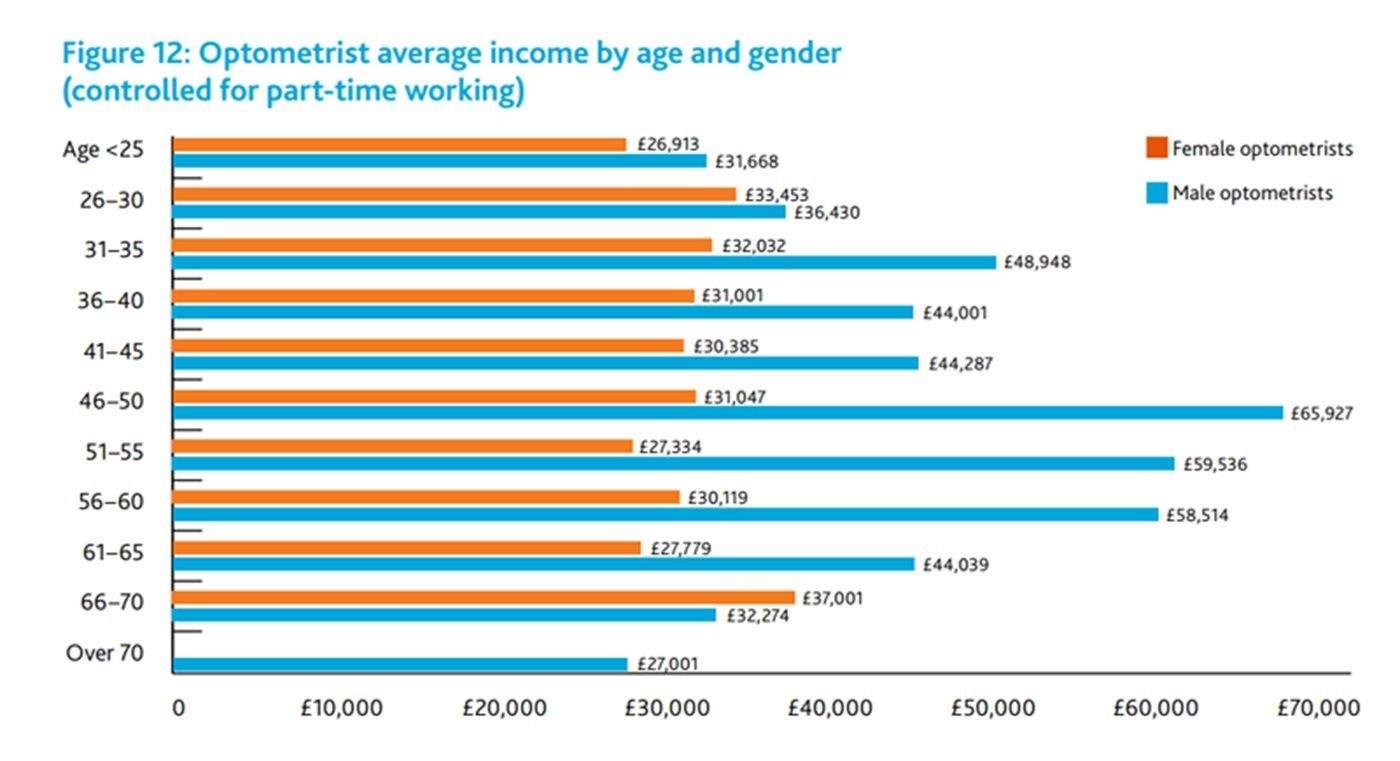Optical Workforce Survey
The Optical Workforce Survey gathered key information about optometrists and dispensing opticians to build a picture of current workforce levels and the issues that will impact on its future. This important work provided evidence to answer questions on the current and future requirements of the optometric and the wider optical workforce.
Objectives
The objectives of the Optical Workforce Survey 2015 were:
- to describe the characteristics of the optometrist and dispensing optician workforces
- to measure changes in the optometric workforce since the Optical Workforce Survey 2010
- to assess the potential and limitations of existing data to quantify the current optometrist and dispensing optician workforces
- to explore factors that could impact on future workforce capacity.
Key findings
- Capacity: There could be a net loss of capacity in both optometry and dispensing optics if the stated career path preferences of survey respondents within the next five years are representative of the professions as a whole.
- Demographics: Based on Optical Workforce Survey (OWS) 2015 data, 65% of optometrists and 70% of dispensing opticians currently work full time.
- Remuneration: The percentage of optometrist respondents earning up to £40,000 per year has risen since the survey was last conducted in 2010, while those earning over £40,000 per year has fallen.
- Remuneration: The average income of female optometrists and dispensing opticians, in the majority of age groups, was lower than that of their male colleagues, even once part-time working had been taken into account, but whether this was the case for comparable work in comparable settings was not clear.
- Supply: A definitive view of whether there was an overall under or oversupply of the optical workforce was not possible to ascertain, but differences in regional supply relative to population throughout the UK were clear.
- Demand: The project estimated the current total number of full-time equivalent (FTE) optometrists (based on a scaling up of stated working hours of respondents, calculated as percentage of a FTE) and compared that to an estimate of what number might be considered necessary to serve the current UK population. This estimated that there are currently 12,099 FTE optometrists in the UK, whereas 12,912 FTE optometrists might be needed to meet the needs of the population. However, the complexity involved in any workforce modelling should be remembered – these figures are indicative rather than definitive.
- Job satisfaction: Respondents rated their overall job satisfaction and also satisfaction with a list of 10 individual job factors using a scale of 1-7 (1= extremely dissatisfied; 7= extremely satisfied). 80% of optometrists and 79% of dispensing opticians rated their overall job satisfaction 5, 6, or 7.
- Locum working: 17.5% of respondent optometrists and 9.1% of respondent dispensing opticians worked primarily as locums. This was a substantial increase from the OWS 2010, which found that 10.5% of optometrists were locum practitioners. This finding supported qualitative data provided by employer stakeholders who thought that an increased number of optometrists seemed to prefer locum work to regular employment.

Recommendations
- Optical sector bodies: Optical sector organisations should continue to examine the various factors influencing workforce distribution, demographics and capabilities. Opportunities to improve data capture about the workforce across the sector should be explored and where feasible developed. Without this there is a danger that some regions and communities could be at risk due to limited access to primary eye healthcare professionals.
- General Ophthalmic Services contracts and geography: The impact of the current economic and healthcare structures on workforce distribution and availability of services should be explored further. If necessary, mechanisms for increasing workforce mobility and improving the distribution of primary eye healthcare service providers in particular should be considered.
- Optical sector employers: Clinical appraisals are a key component to maintaining and developing clinical practice and professional development. Employers of optometrists and dispensing opticians could review current levels of staff appraisal, in particular that relating to clinical practice, with a view to ensuring that appraisals meet the current, complex needs of both optical sector professionals and employers, and developing a future workforce that meets the changing needs of the population.
- Providers of Continuing Professional Development (CPD): Providers should review the content of training resources and materials to determine whether this could be developed to better support professionals who are working part time or self employed or in locum roles.
- Equality and diversity: Employers should consider whether there is equality of opportunity for all employees by examining pay, appraisal and career progression and promotion.
Download the report
The results from the 2015 Optical Workforce Survey are available to download:
Further analysis of gender pay differences
Data analysis from the 2015 Optical Workforce Survey (OWS) relating to income suggested there might be a difference between reported salary levels for men and women working as optometrists.
The College and the Association of Optometrists jointly funded an extension project to further investigate the findings to determine whether there was a difference between the earning of male and female optometrists, and if so, to try to understand the possible factors influencing this. Download the report below: